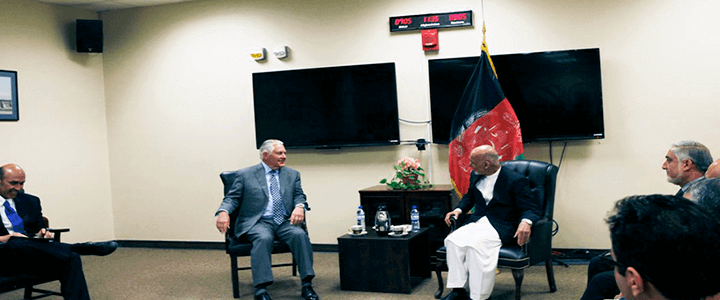Fake news is not uniquely, or even principally, an American issue. By fake news, I don’t mean the catch-all way politicians now dismiss stories when they disagree with interpretations or spin. I mean actual disinformation, the reporting of something as fact when in reality the incident didn’t happen, or didn’t happen in the way it is reported to have happened.
Disinformation and propaganda are age-old tools for manipulating public opinion. Deceiving an opponent is essential to victory in the competition between nations. The Allied powers on World War II famously built an entire fake army of plywood and balloons to deceive the Germans into believing the cross-Channel invasion would come at Calais instead of Normandy.
And history is replete with stories of how governments have manipulated what their people could see, hear, and read in order to exert control. Information is power, and the ability to control access to information is even more so. In the early days of the internet, there was a naive hope that putting the world’s information at everyone’s immediate disposal would counteract the lies and deception. Those hopes were clearly misplaced.
Disinformation at the official level is alive and well in many parts of the world, including among some of the U.S.’s nominal allies.
TILLERSON VISiTS BAGRAM
The latest example came yesterday following Secretary of State Rex Tillerson’s unannounced visit to Afghanistan to meet with Afghan President Ashraf Ghani. Unlike Secretary of Defense James Mattis’s visit last month, Tillerson flew into Bagram Air Base, a half hour north of the capital of Kabul. Ghani traveled to Bagram for the meeting.
But Ghani’s government told its people the meeting took place in Kabul. To be fair, the U.S. government also said this, but issued a correction later. The Afghan government not only did not issue a correction, it doubled-down on the story, changing misinformation into disinformation.
Both the U.S. embassy in Kabul and the Afghan government released photographs of the meeting, showing Tillerson and Ghani in the typical pose in armchairs facing each other at an oblique angle. But the Afghan photo is poorly doctored to make it appear that the photograph was taken elsewhere.
On the wall behind the two leaders are two video monitors. Above them, in the American photo, is a fire alarm and a digital clock displaying three time zones (presumably Kabul, Washington, and Greenwich Mean Time). The fire alarm in particular is a giveaway, although as one who has had more than a fair share of experience with Afghan construction techniques, the pristine drop ceiling, baseboards, and wall-to-wall carpeting are all clues that the photo wasn’t taken in any Afghan government facility.
That didn’t stop Ghani’s propagandists from erasing the clock and fire alarm from their photo. Not only that, but they didn’t bother to completely erase the electrical conduit running up the wall to where they used to be.
THIS DECEPTION WILL WORK, TOO
Clearly, Ghani feels the need to show that he is important enough, and respected enough, that the chief American diplomat came to see him. It would be showing weakness to admit that Tillerson’s security requirements dictated the terms of the meeting. But he does himself and his people a disservice by trying to alter the official record this way.
Ghani knows well what I learned while patrolling the Afghan frontier: the average rural Afghan villager is lucky to have access to enough electricity to light one bulb for an hour a day. They don’t have access to a service road on the information superhighway, let alone the means to travel in the fast lane.
To them, that photograph, distributed by the government, will be the only direct evidence they have of the meeting. Since seeing is believing, when they listen to the Pashto broadcast of the BBC World Service and hear about the photoshopping, they will dismiss it was western lies designed to embarrass their government.
Fake news will have triumphed yet again.




